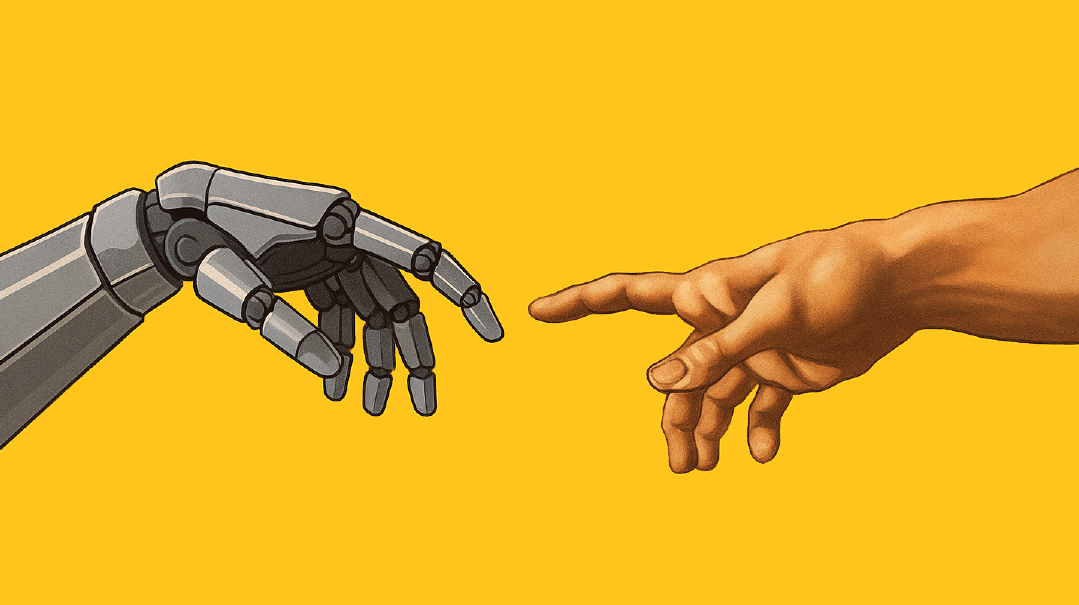Tishah B’av on Lag B’Omer

This is one of the hardest magazines we ever had to produce

They say that if you want to know what Meron is like on Lag B’omer, there’s a simple, time-proven formula: “Inside it’s Yom Kippur. Outside it’s Simchas Torah.”
This year it became Tishah B’Av. And we’re still mourning.
It’s impossible to reduce the true horror of Thursday’s events into words, sentences, articles. Whatever we did, no matter how much ink we spilled, it would never be enough. The impossibility of the task was so daunting that it took us a few tries just to get started with the first tentative plans.
But we knew, even at that initial stage, what we did not want to do. First, we did not want to cause any additional pain to those who had lost their loved ones. That consideration colored many of the decisions we made — what to include, how much to include, how to frame it. We hope and pray that we did not overstep any bounds.
We also did not want to share coverage that is graphic or gory. As a society, we’ve become almost normalized to clips of smashed cars and homes on fire — they’re available on so many sites and passed around so freely. But it’s painful enough to think about the events on Thursday night; we didn’t want to articulate any more detail than necessary or print any photos that crossed the boundary of communal mourning.
Another thing we didn’t want to do is get embroiled in the blame game. Yes, the logistics and security at Meron must be addressed. An accounting must be made. But is that the job of the English-language edition of Mishpacha magazine? We didn’t think so; we don’t see our role here as whistleblowers — not this week. This was a national tragedy, a loss that ripped open an entire nation and left us raw and bleeding. Pointing fingers seems very tone deaf right now.
Here is what we did want to do. We wanted to give voice to a shared loss for the entire Jewish People. The more we heard about those 45 souls, the more we realized how elevated they were. We wanted to attempt, in some small way, to put faces, names, and a human dimension to those staggering losses.
We also hoped that we could serve as a platform whereby rabbanim would offer some chizuk and guidance. No one has precise answers to our searing questions — prophecy no longer exists — but we’re all seeking a basic framework to begin processing it all.
And lastly, we wanted to acknowledge that as human beings, we are created with the capacity to fill many roles and feel many moods. During this week of mourning and tragedy for our nation, many will find the grief filling every crevice and moment — but many others will find time and headspace for other thoughts and feelings. So we tried to keep the back of the magazine as the escape it always is: a space without current events, grief, or loss. As consuming as this tragedy is, Shabbos always comes, no matter how dark the days preceding it.
May Hashem shower His entire nation with refuos, yeshuos, and nechamos. May He swiftly show us the bright light at the end of this long, narrow corridor. And may masses of Jewry stream to another mountaintop very soon, to the sound of joyous song and vibrant, brotherly harmony.
—Shoshana Friedman, Managing Editor
(Originally featured in Mishpacha, Issue 859)
Oops! We could not locate your form.













